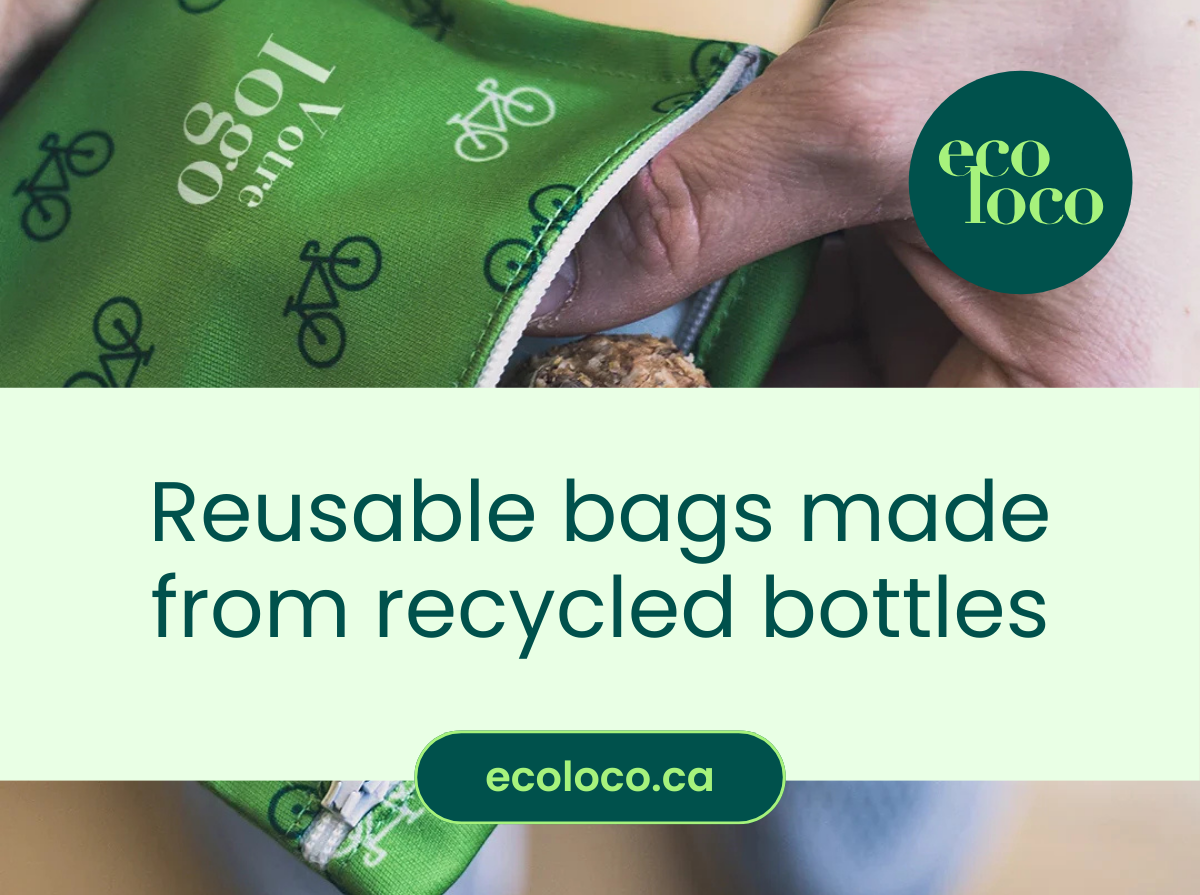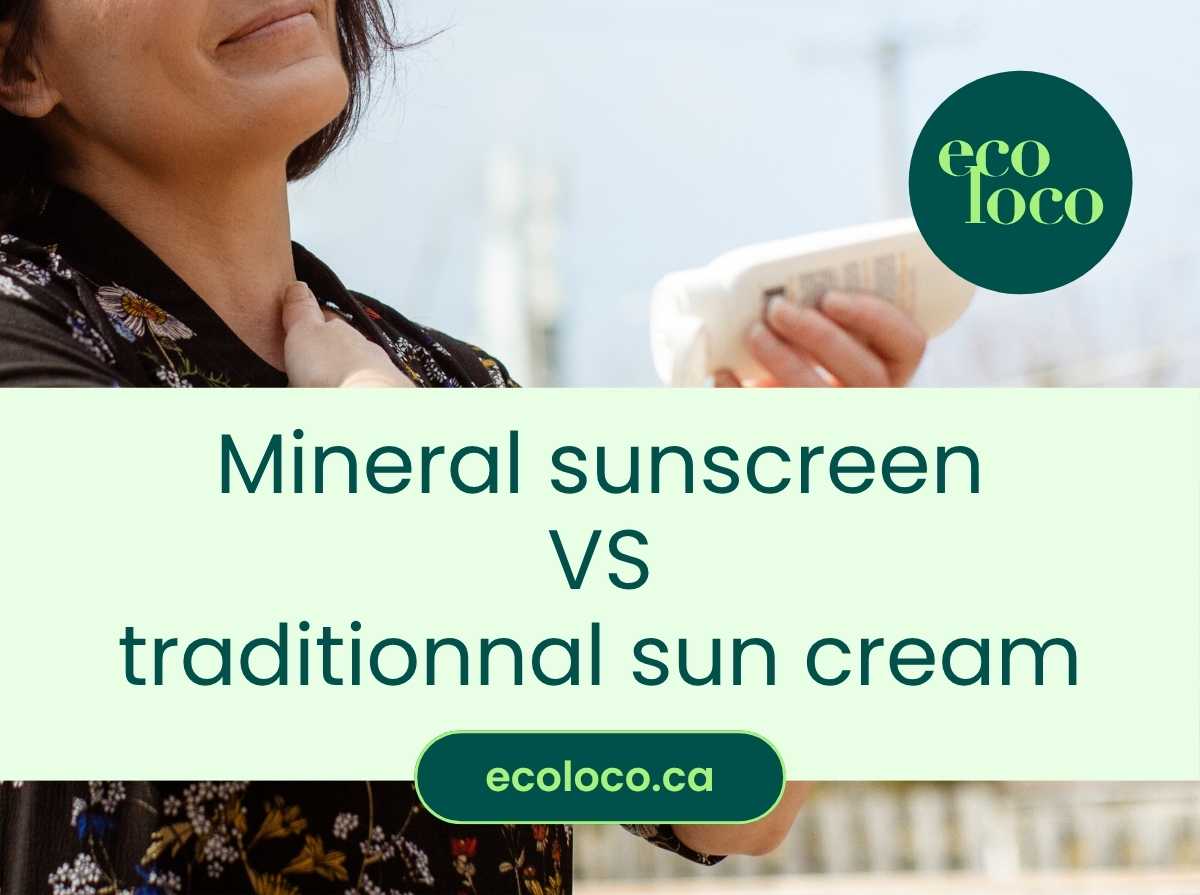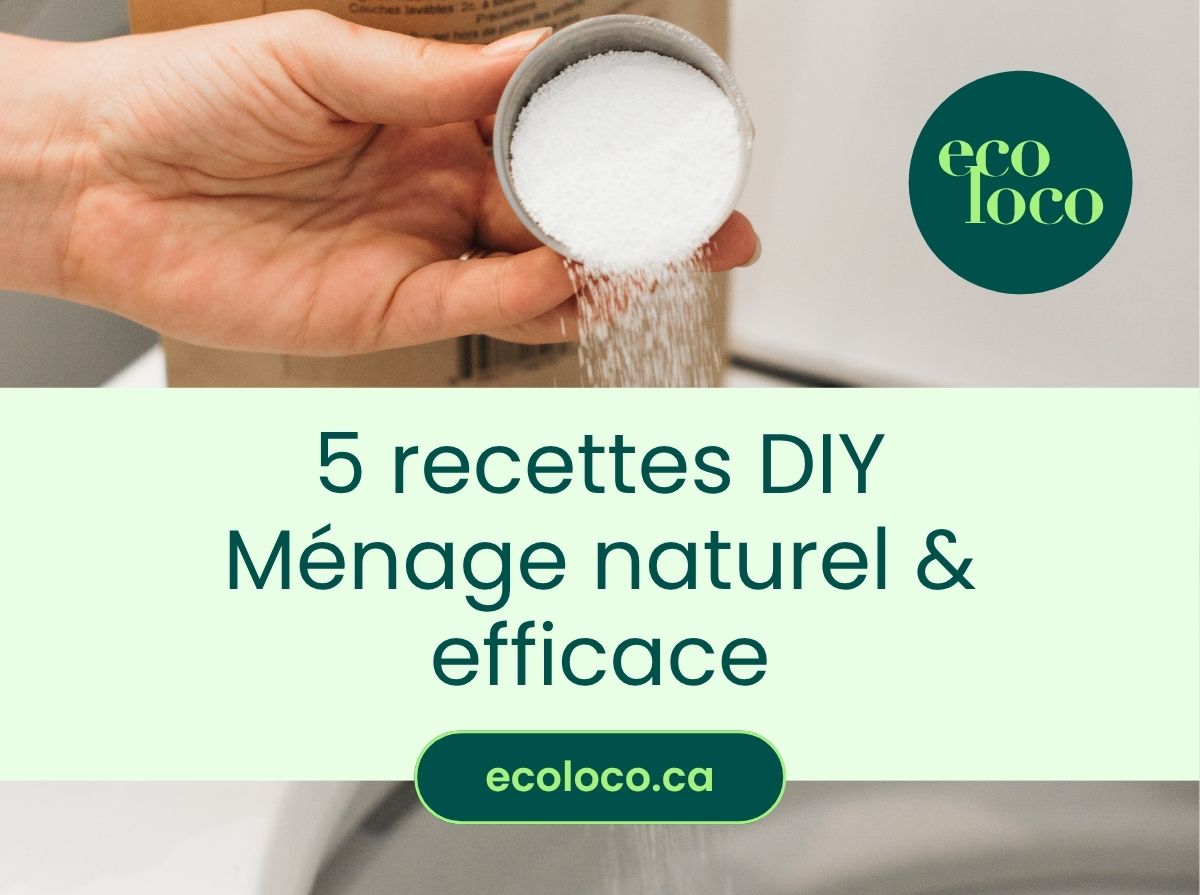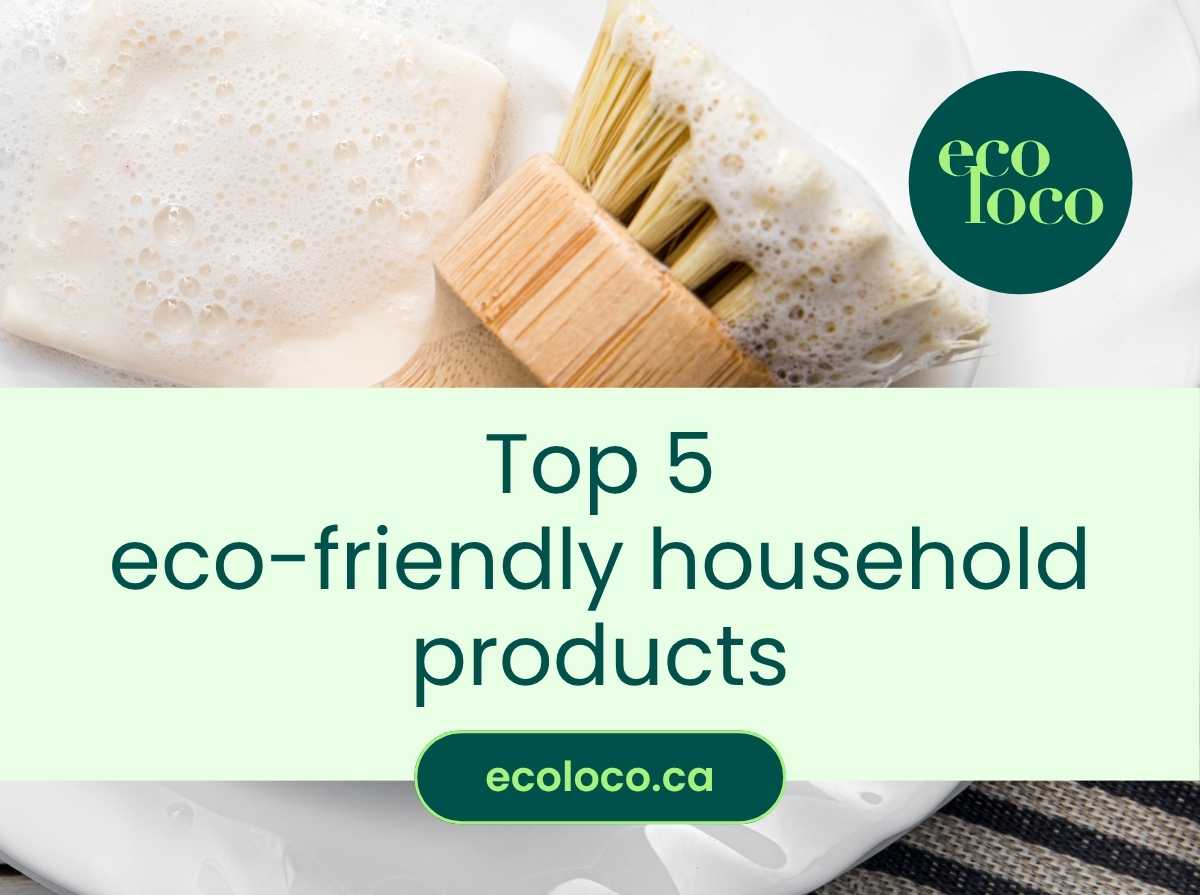
What is clay?
First of all, the term clay refers to all minerals smaller than 2 µm in size in a rock. Clays therefore refer to very fine particles of material removed from rocks by erosion, as well as to clay minerals. Their granulometry can be compared to very fine flour.
This natural, healthy and rich mineral has been used for years to care for skin, body and hair. It is rich in trace elements and, of course, minerals. Depending on the type of clay, it: cleanses, purifies, balances, soothes, exfoliates, strengthens and, in all cases, absorbs toxins.
Here we give you an overview of each of the clays we offer. We're focusing solely on cosmetic benefits, although we're aware that clays can also be used for household cleaning. We'll come back to that!

White clay (Kaolin)
White clay, also known as Kaolin, is naturally rich in mineral salts. It is reputed to be soothing , purifying and fortifying . Although appreciated by all skin types, it is the ideal clay for dry, irritated and fragile skin.
A simple hair mask of this clay nourishes and revitalizes dry, dull hair and skin . It is also renowned for softening skin and strengthening dry hair .

Pink clay
Pink clay has many virtues, as it is a gentle blend of white clay and red clay, rich in trace elements. Not only does it have all the properties of white clay, but also those of red clay. Red clay absorbs excess sebum (skin and hair) while illuminating and unifying the complexion . The combination of these clays results in pink clay, restoring suppleness and shine to hair.
Particularly suited to sensitive and delicate skin, it purifies, softens and soothes , restoring radiance to skin and hair.

Green clay
Green clay is certainly the most popular and widely used because of its versatility and easy availability. Among our clays, it contains the most minerals and trace elements.
This clay is ideal for oily , combination and acne-prone skin , as well as oily hair.
Green clay is absorbent. It has the ability to absorb excess sebum and regulate its production, so it's clearly intended for oily skin and hair. A green clay mask on acne-prone skin or an oily scalp will have a drying, mattifying action.
This clay acts like a sponge, soaking up liquids, grease and odors. As well as being absorbent, it is also purifying , as it encourages the elimination of toxins.
It also promotes healing and is relaxing and soothing .

Ghassoul or Rhassoul
Ghassoul (or rhassoul) comes from the Arabic word ghassall, meaning to wash. It is therefore a clay with washing power, a saponiferous clay . It comes from Morocco, which explains its name " Moroccan lava clay ". As its grain size is slightly larger than that of other clays, rhassoul will be appreciated as an exfoliant .
In addition to its cleansing power, ghassoul is softening , moisturizing and lightens the complexion . This clay is highly absorbent and restores radiance and suppleness to the epidermis . Suitable for all skin and hair types , it will be greatly appreciated for dry, sensitive skin or dry, brittle hair.
Rhassoul is particularly effective for sensitive scalps , dandruff and oily hair . This clay is also highly appreciated by frizzy or curly hair, moisturizing and gently volumizing it.
A few ideas for use
In addition to all the cosmetic recipes you can make with clays, it's also possible to use them very simply, taking full advantage of their properties.
***Whatever you use them for, it's important to avoid handling them with metal utensils and containers, as this alters their properties.

Facial and hair mask
In a container, dilute 2 tablespoons of clay in about 1/4 cup of warm water. Mix well to obtain a smooth, homogeneous paste. Add a little water if necessary.
For the face , simply apply the paste in a thick layer. Avoid the eyes. Leave for 5 minutes. Dampen the clay on your face with water, using your hands or a spray bottle. Leave on for 5-10 minutes and rinse off with lukewarm water.
For hair , spread the paste over the entire length of your hair, brush and wait about 15 minutes before rinsing thoroughly. Use conditioner if necessary.
For the body
Using white, pink or green clay, add 1/2 cup of clay to bath water. Soak for about twenty minutes and relax. Rinse off
For exfoliation , use rhassoul according to the same recipe as for face and hair, adjusting the desired quantity. Massage your body with circular movements. Leave on for 10 to 15 minutes, then rinse off
Versatile and versatile, clays are great assets when well chosen. Of course, the aim of this article is first to explain the difference between clays, and then to give you some ideas on how to use them in your busy life. We'll be back shortly with other household uses: yes, clays are practical in the home!















0 comments